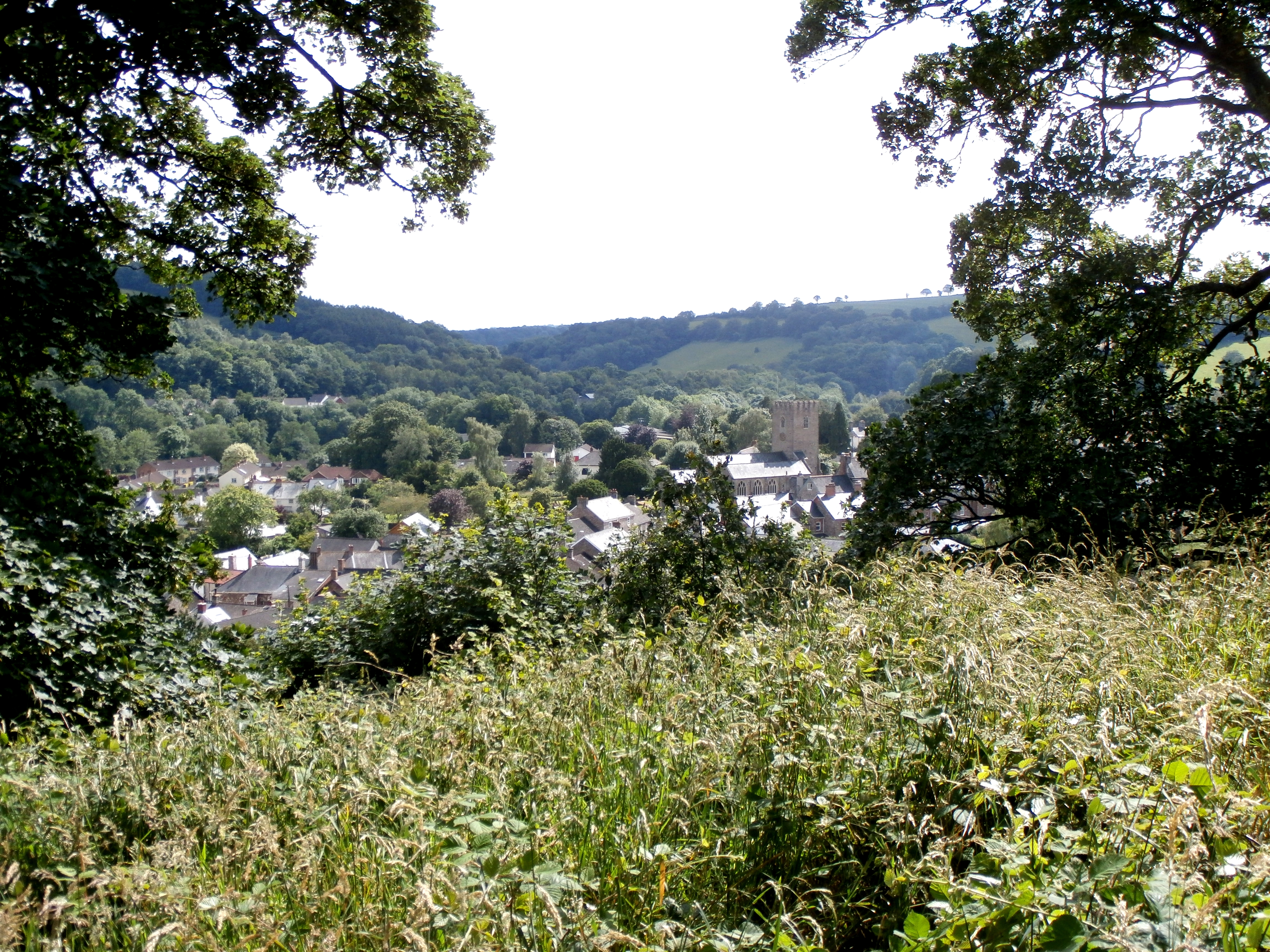Bampton Castle, Devon on:
[Wikipedia]
[Google]
[Amazon]
 Bampton Castle in the parish of Bampton,
Bampton Castle in the parish of Bampton,
Devon
Devon ( , historically known as Devonshire , ) is a ceremonial and non-metropolitan county in South West England. The most populous settlement in Devon is the city of Plymouth, followed by Devon's county town, the city of Exeter. Devon is ...
was the seat of the feudal barony of Bampton. It is located on a spur that overlooks the River Batherm.
History
InSaxon
The Saxons ( la, Saxones, german: Sachsen, ang, Seaxan, osx, Sahson, nds, Sassen, nl, Saksen) were a group of Germanic
*
*
*
*
peoples whose name was given in the early Middle Ages to a large country ( Old Saxony, la, Saxonia) near the No ...
times a defensive mound was built. After the Norman Conquest of England following the Battle of Hastings
The Battle of Hastings nrf, Batâle dé Hastings was fought on 14 October 1066 between the Norman-French army of William, the Duke of Normandy, and an English army under the Anglo-Saxon King Harold Godwinson, beginning the Norman Conquest ...
of 1066, the land the buildings on it, captured from Edward the Elder, were awarded to Walter Douai, who had established himself at the location by 1086. He, or perhaps his son Robert, were the ones to erect the first fortification at the site. It was a simple fortification, employing the motte and bailey style of defence. A twelve-meter motte was fortified by a timbre palisade on top. The motte was square in shape, with one side protected by the river.
In 1136, during the civil war it was used against the King. King Stephen laid siege to the castle and the fortifications were burnt down. Later, a stone mansion was built on the motte
A motte-and-bailey castle is a European fortification with a wooden or stone keep situated on a raised area of ground called a motte, accompanied by a walled courtyard, or bailey, surrounded by a protective ditch and palisade. Relatively eas ...
, and in 1336 the lord of the manor
Lord of the Manor is a title that, in Anglo-Saxon England, referred to the landholder of a rural estate. The lord enjoyed manorial rights (the rights to establish and occupy a residence, known as the manor house and demesne) as well as s ...
, Richard Cogan, obtained a royal licence to crenellate
In medieval England, Wales and the Channel Islands a licence to crenellate (or licence to fortify) granted the holder permission to fortify his property. Such licences were granted by the king, and by the rulers of the counties palatine within the ...
it and surround it with a stone and mortar wall. It is believed that in 1607 part of the building fell down due to an earthquake
An earthquake (also known as a quake, tremor or temblor) is the shaking of the surface of the Earth resulting from a sudden release of energy in the Earth's lithosphere that creates seismic waves. Earthquakes can range in intensity, from ...
. Since then the stonework has all been removed but the motte survives as a prominent mound on the outskirts of the village. Today the remains of the castle exist on a high mound around sixty meters in a diameter, which is surrounded by a circular, partially buried ditch. Ruins of a rectangular enclosure exist to the east that is around seventy five meters by sixty meters.
See also
*Castles in Great Britain and Ireland
Castles have played an important military, economic and social role in Great Britain and Ireland since their introduction following the Norman invasion of England in 1066. Although a small number of castles had been built in England in the 105 ...
*List of castles in England
This list of castles in England is not a list of every building and site that has "castle" as part of its name, nor does it list only buildings that conform to a strict definition of a castle as a medieval fortified residence. It is not a lis ...
Notes
{{coord, 50.9925, N, 3.4847, W, region:GB, display=title Castles in Devon Bampton, Devon